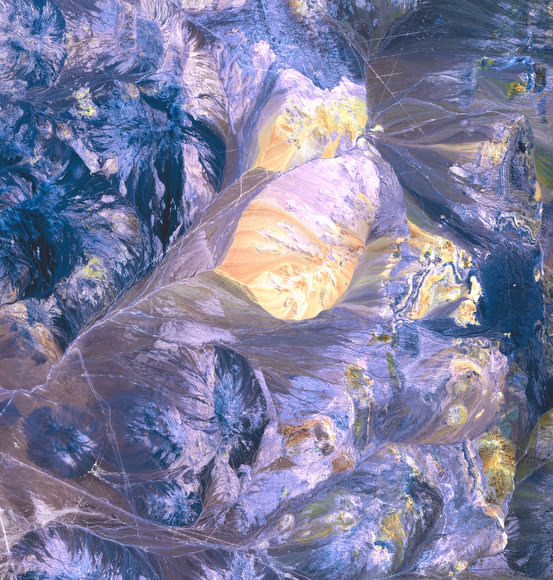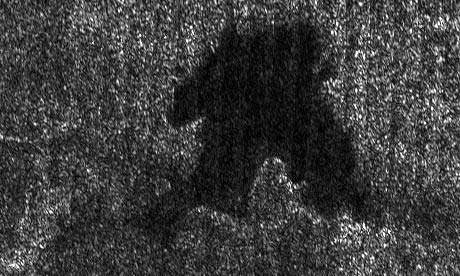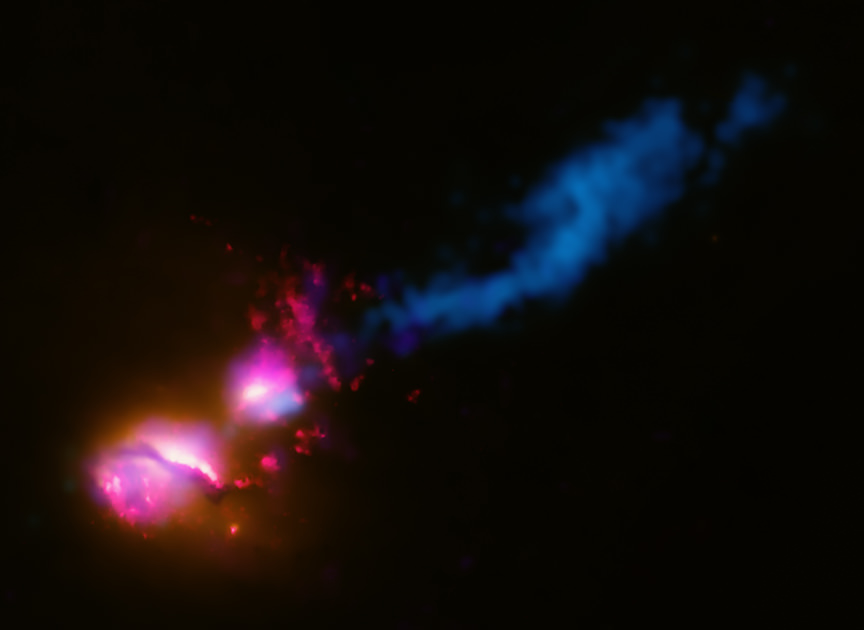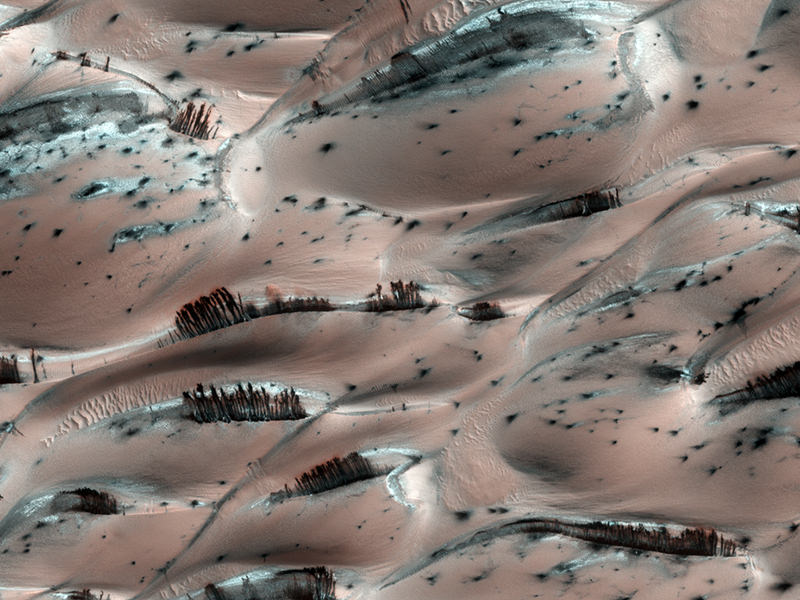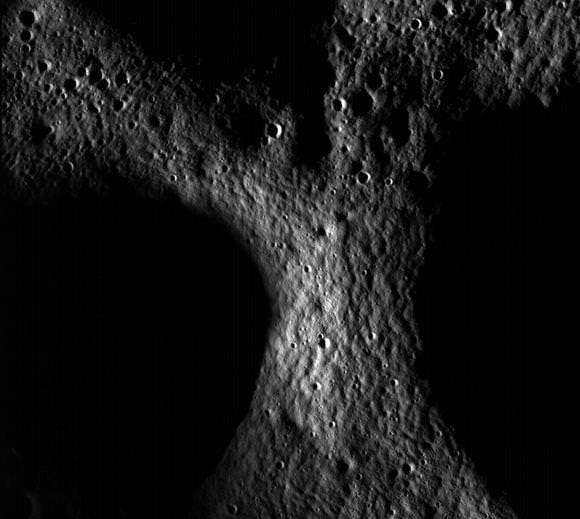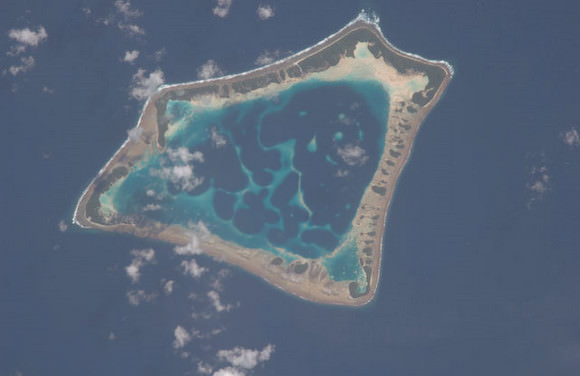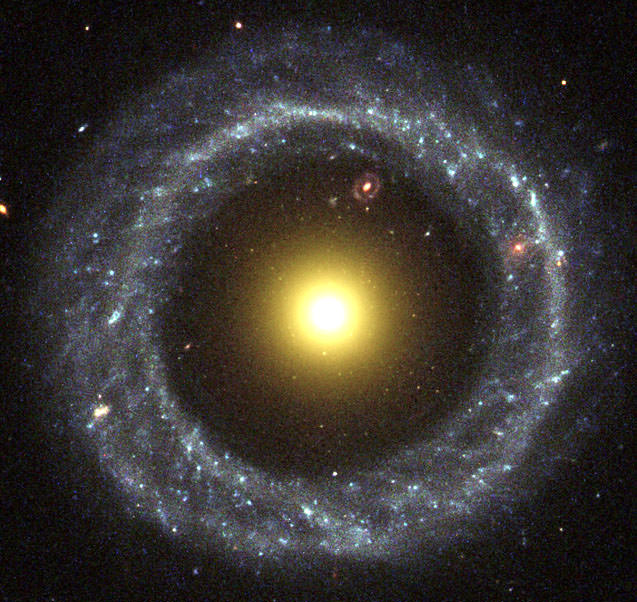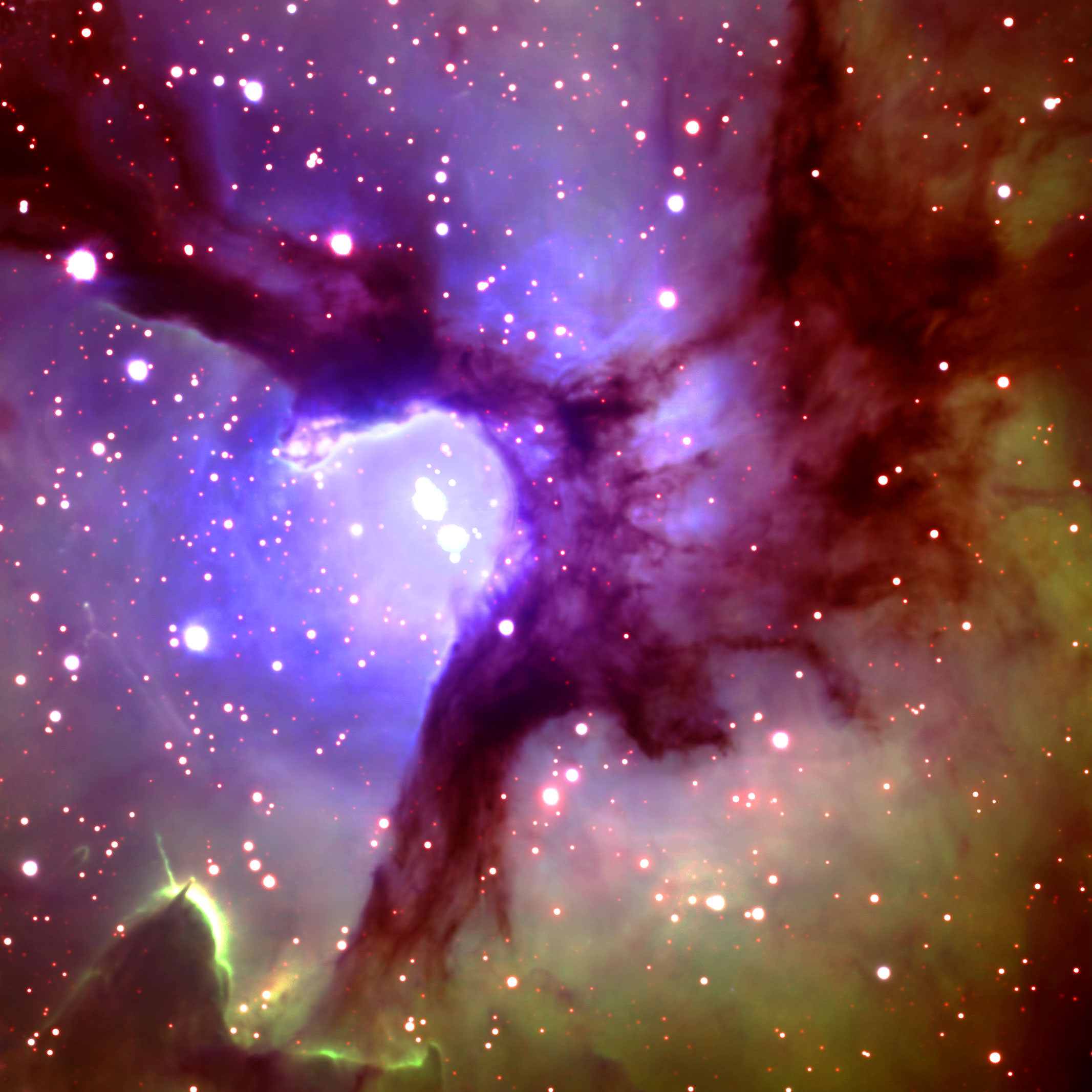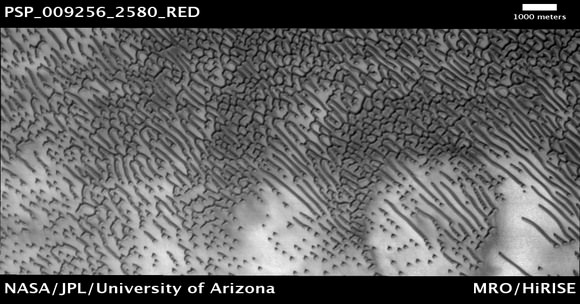Ready for another Where In The Universe Challenge? Here’s #89! Take a look and see if you can name where in the Universe this image is from. Give yourself extra points if you can name the spacecraft responsible for the image. As usual, we’ll provide the image today, but won’t reveal the answer until tomorrow. This gives you a chance to mull over the image and provide your answer/guess in the comment section. Please, no links or extensive explanations of what you think this is — give everyone the chance to guess.
UPDATE: The answer is now posted below.
This is Earth, and specifically the Atacama Desert in northern Chile, where one of the world’s driest regions meets up with the foothills of the Andes Mountains. The colors come from salt pans and gorges choked with mineral-streaked sediments, giving way to white-capped volcanoes. This image was captured by the Advanced Spaceborne Thermal Emission and Reflection Radiometer (ASTER) instrument on NASA’s Terra satellite on October 28, 2001.
Source: NASA Earth Observatory

